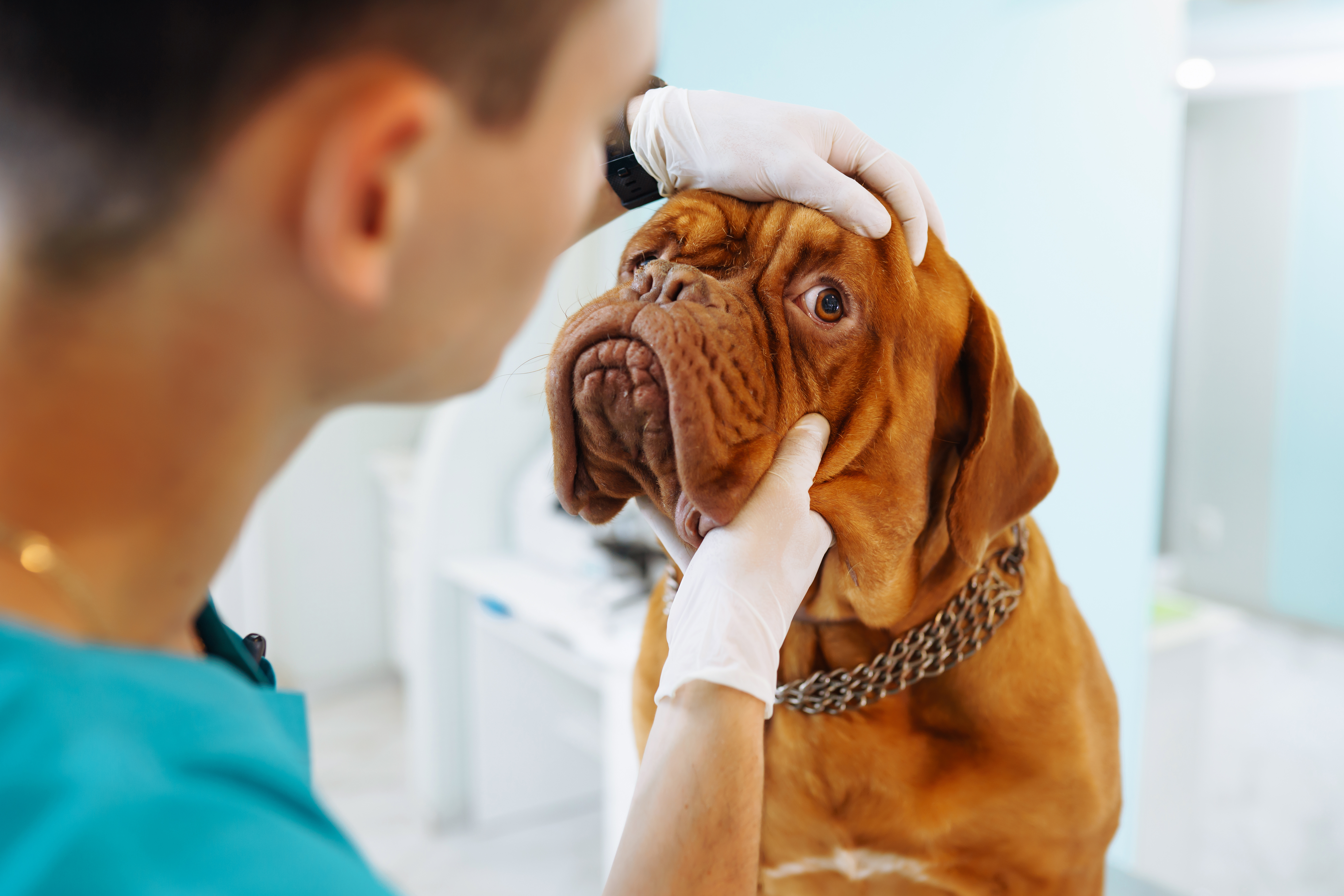Monday - Friday: 9:00 - 19:00
An eye ultrasound is a diagnostic procedure that uses ultrasound technology to examine the eyeball and orbit, even if there is a loss of transparency of the media.
This helps to visualise the iris, crystalline lens, retina, and other parts of the eye, especially in cases where there is a loss of transparency due to conditions such as cataracts, vitreous bleeding, retinal detachment, or glaucoma. Additionally, ultrasound can be used to diagnose and monitor ocular tumours. Ultrasound also allows the diagnosis and monitoring of ocular tumours.
The oculomotor muscles, optic nerve, and retro-ocular orbit can be visualised in orbital exploration. However, additional imaging such as CT or MRI may be necessary if there are orbital pathologies such as trauma or tumours.

There is no need to dilate your pet’s pupils for this exam, and it won't cause you any pain.
At the start of the exam, anaesthetic eye drops are usually instilled to help prevent discomfort and uncontrolled blinking. Light sedation may be necessary to help your pet to be more relaxed.
A special ultrasound probe will contact the eyelids or eyeballs during the exam. A safe gel for their eyes will be used, and there's no risk of allergies.
On average, the exam will last around 10-15 minutes
cat, dog, Eye, Ocular ultrasound, Orbite, Veterinary, veterinary ophthalmology
Our team is dedicated to providing you and your pets with the best care possible. Our modern facilities include a laboratory, ultrasound, surgical block with monitoring and gas anaesthesia, and day hospitalisation area.
Our staff values transparency, information, and compassionate care at Madeleine Vet. If you have any questions or need more information, please don't hesitate to ask.

©2023 Madeleine Vet, All rights reserved. Site created with love by Boca